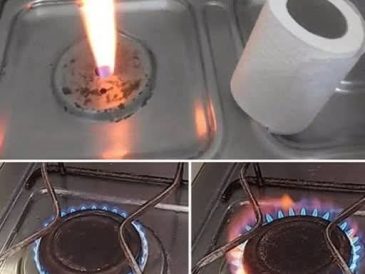Have you noticed thin vertical lines running from the base to the tip of your fingernails as you’ve gotten older? If so, you’re not alone. Many people begin to spot these changes after the age of 40. Most of the time they’re harmless, but in some cases, they can signal underlying health issues. So, what causes vertical ridges—and when should you be concerned?
Understanding Vertical Nail Ridges
Vertical ridges, also called longitudinal striations, are raised lines that extend from the cuticle to the nail tip. They can vary in depth and number and often become more noticeable with age.
Just like skin loses elasticity and hair turns gray, nails undergo structural changes over time. The production of keratin—the protein that forms nails—may slow down or become uneven, creating ridges.
Main Causes After Age 40
1. Natural Aging Process
The most common reason for vertical ridges is simply aging. As we get older, the body’s ability to regenerate skin cells slows down. The same happens to the nail matrix (the base of the nail), which may produce keratin unevenly, leading to ridges.
2. Dehydration of the Nail
With age, nails—like skin—tend to become drier. A lack of moisture makes nails more brittle and accentuates ridges. Frequent exposure to water, soap, and cleaning chemicals can worsen dryness.
3. Nutritional Deficiencies
Low levels of key nutrients such as biotin, iron, zinc, and magnesium can weaken nails and make ridges more pronounced. Because metabolism and nutrient absorption often decline with age, deficiencies are more common after 40.
4. Health Conditions
In some cases, vertical ridges may indicate underlying health issues, including poor circulation, thyroid imbalance, or rheumatoid arthritis. If you also notice fatigue, brittle hair, or skin changes, it’s worth speaking with a doctor.
When Should You Worry?
Vertical ridges are usually harmless, but you should seek medical attention if you notice:
- Changes in nail color (especially dark streaks or lines)
- Splitting, peeling, or thickening nails
- Pain, swelling, or inflammation around the nail
These may point to fungal infections, trauma, or—in rare cases—melanoma, a serious form of skin cancer that can appear under the nail.





